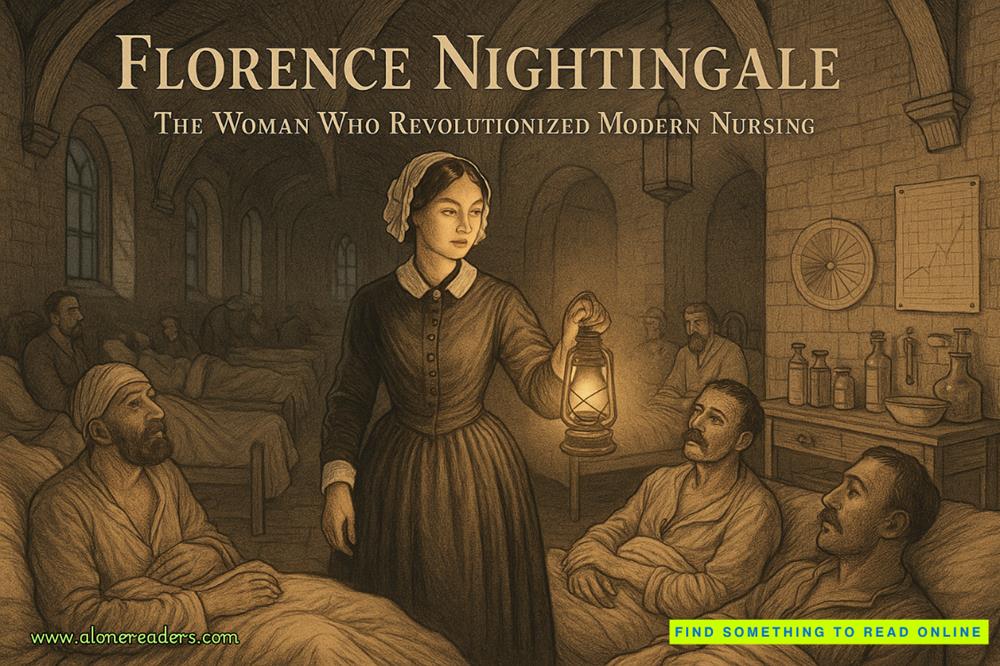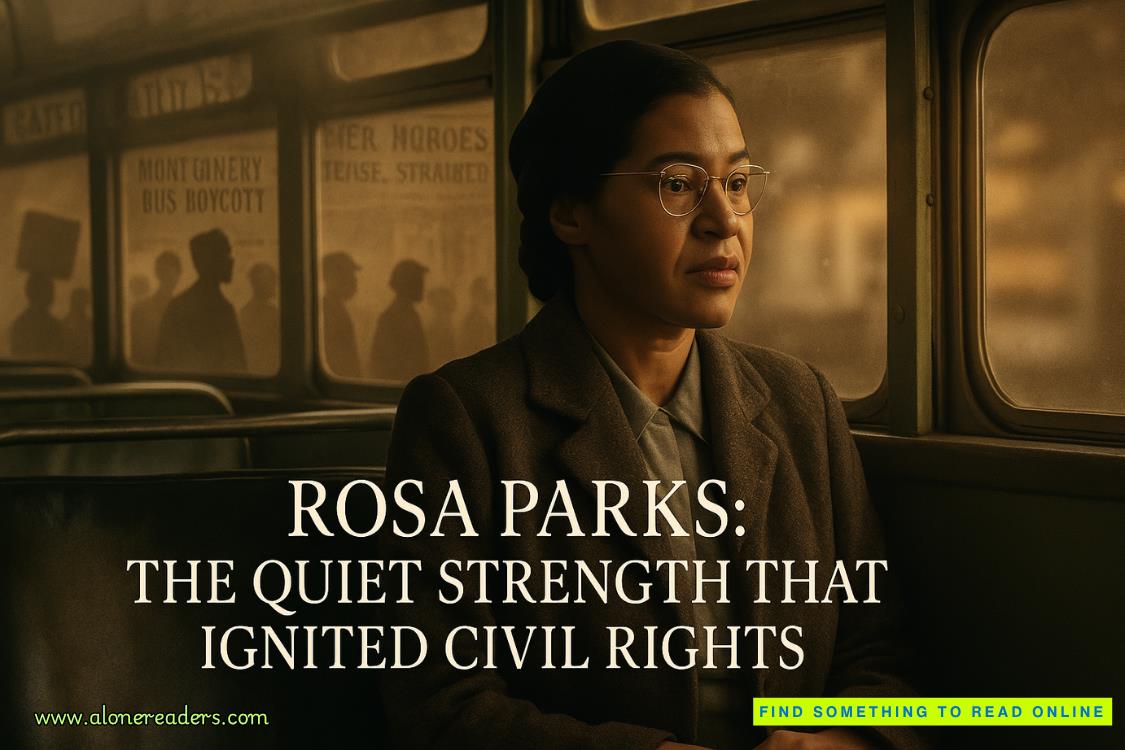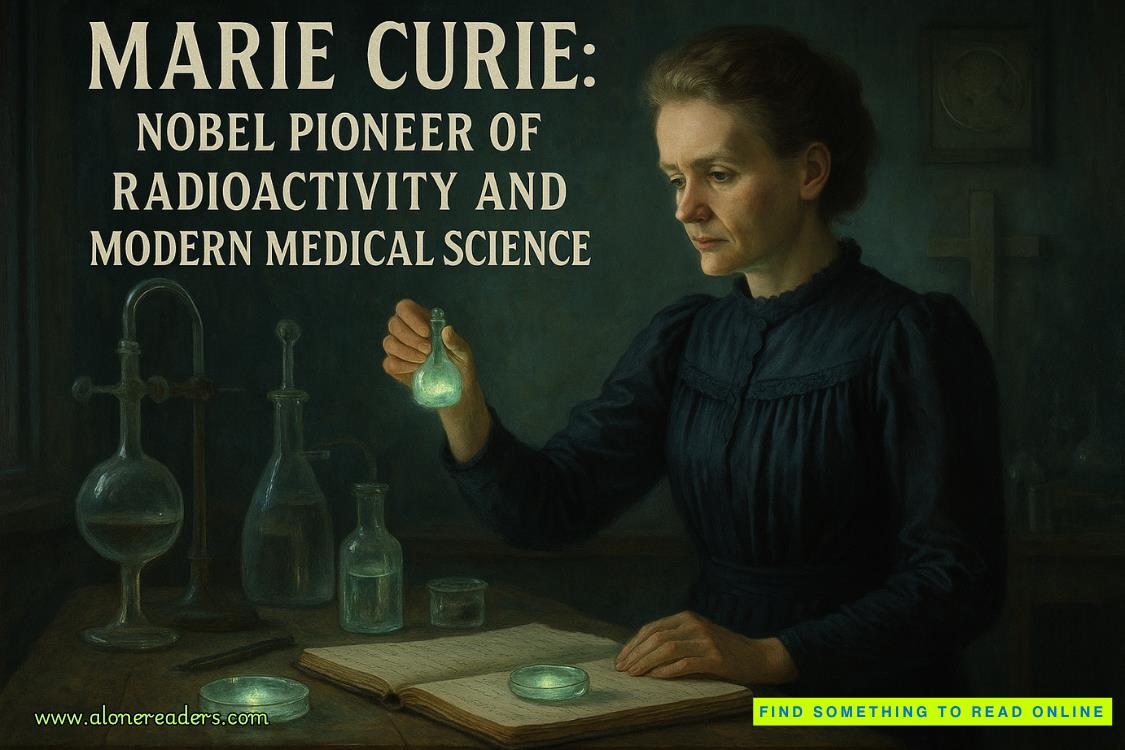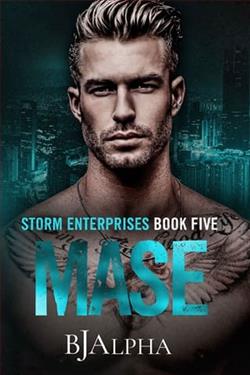Page 37 of Coram House
I don’t have a particular destination in mind, so I wander north, past the little cemetery, and down a hill. I pass a red-brick library with a modern glass addition on one side. It’s closed, but I make a note to come back. I’ve always loved libraries—and, who knows, maybe I’ll find something useful. But I know it’s wishful thinking.
For two weeks, I’ve buried myself in dusty archives and stared at historical records online until my eyes throbbed. I’ve searched the empty halls of Coram House and found nothing. Tommy isn’t there. And even if I did find some record of his existence—what then? It wouldn’t tell me what I need to know: Did Tommy drown that day? Is Sarah Dale’s memory sharp and true or is she telling tales? The answers I need lie in the memories of people who have been dead for a decade.
The road leads past a thrift shop that shares a building with a church supply company peddling gifts, cards, and religious artifacts. I imagine a glass case bearing a dead saint’s bones on a pillow. That’s probably not what they mean, though. I pass an auto shop and cross a set of train tracks. The road abruptly turns to dirt—as if someone decided the city ends right here.
Fields of snow stretch ahead, pierced by rows of cut stalks, the tips just high enough to catch the sun. I wonder if I should go back. If I should be here. In the distance, a smudge of red floats between the alternating rows of golden stubble and deep blue shadow. Not floating, gliding—a cross-country skier. They disappear into the fringe of trees on the far side of the field. I keep walking.
Soon trees close in again. A river winds below, down a steep embankment lined in tall, dried plants with feathery tips. Everything is dead and dried, painted in sepia tones that make me feel like I’m walking through time. I could be inside one of those photos in the mildewy shoebox. But maybe I don’t need to go back in time to get answers.
I think of the conversation I had with Lola just a few days earlier.Change the channel.Maybe she was right—just not in the way shethinks. Not everyone who was there that day is dead. Fred Rooney is very much alive.
It seems crazy to reach out to Rooney directly. But maybe it’s not. He would have been a minor when Tommy drowned, so there’s no way he’d be prosecuted, even if he was involved. If I can make it clear I’m here to tell his story too, he just might talk to me. Yes, he makes my skin crawl, but if talking to him is the only way to get answers, it’s worth it.
All of a sudden, I’m aware of my aloneness. The skier is long gone. The only sound is wind rustling dead things. A woman, alone in the woods. A limp hand floating in the water. A face covered in blood. I turn and retrace my footsteps, shivering and not stopping until I’ve crossed back into the world.
I pass a deli with a long line of college students stretching out the door, waiting for bagels. I go inside, buy food I don’t really want, relieved to be somewhere warm with its smell of coffee, lulled by the hum of other people’s conversations.
When I get back to the apartment I kick off my boots and head for my computer. A sharp pain in my heel and two beads of blood appear like a snake bite. A staple, hidden in the carpet. I staunch the puncture with toilet paper and, one-handed, type Fred Rooney’s name into the Yellow Pages search. No number listed. Disappointment hollows my stomach. I was counting on anyone with white hair having a listed landline. I could go back to the construction site, but my instincts tell me I’ll have better luck if I catch him off guard.
I try the number for Campbell & Sons. The girl who answers the phone sounds about fifteen.
“Hi,” I say, keeping my voice bright. “I’m looking for Fred Rooney.”
“Sorry, he’s not here,” she says. “He’s on site today.”
“Oh, shoot. Do you know when he’ll be back?”
“Well, they usually finish around three? But he doesn’t always come back to the office after.”
“Maybe you can help me, then?” I say before she can offer to take a message.
I give her a story about a package that was sent back to me and could she just confirm if his address is 19 or 17 Ivy Lane, Burlington. She’lllook it up, she says. But the address she has isn’t in Burlington at all, she says in confusion, it’s in Huntington and it’s not Ivy Lane either. I laugh and say that explains it, and she laughs too and reads out the correct address. I thank her and hang up, feeling a pang of guilt. It’s always women who give you more than they should.
Forty minutes to his house, according to my phone. If I leave at three, I should catch him just as he’s getting home. For the rest of the afternoon, I work my way down the list of potential interview subjects. Several have died and more have disappeared with no address or phone number on record. I do track down a few people. Hal Stevenson hangs up on me when I tell him I’m calling about Coram House. Cedric Shepherd gives me a polite but firm no. And Violet Harrison agrees to think about it, but I’m pretty sure she’s just trying to get me off the phone. I leave another message for Karen Lafayette, with no real hope there either.
By then it’s nearly three. I forage for something to eat, but all I find in the fridge is the dried remains of hummus and some old carrots, slightly soft so they bend when they should break with a snap like bone.
I arm myself in professional attire. Slacks. A turtleneck sweater. My blush has gone missing, so I use lipstick. My face stares back at me from the mirror, a red slash on each cheek. Suddenly, I see the woman’s face streaked with blood. I close my eyes. When I open them again, the face is my own.
The drive is beautiful, the snow-frosted peaks framed in my windshield like a postcard of a New England winter. The road dips and curves, so sometimes the mountains are hidden and then reappear from a different angle, huge and surprising. My phone directs me to take Exit Eleven and drive south.
After five miles, the pavement disappears and the road narrows. It occurs to me that I should have told someone where I’m going—Stedsan or even Officer Parker. I glance down at my phone. No service. Of course. I pass a few small houses, most with a pickup parked in the driveway. Then a barn with a perfect circle punched in the roof, as if it had been hit by a meteor. A dull pressure in my ears tells me the road is still climbing.
A mile past the barn, I pull into the driveway of a square single-story house. It’s painted white with no shutters and has a new front porch, the fresh wood still yellow as unweathered bone. Two round cement planters, now just mounds of snow, flank the front walkway. It’s Scandinavian in its bareness. I’d been expecting trash in the yard or a rusted car on cinderblocks outside the garage. I feel a flutter of shame. Fresh tire tracks lead to a black pickup parked beside the house. So much for beating him home.
Before I even turn off the car, a door slams and Rooney is there, standing on his front porch. He crosses his arms and looks at me. Suddenly, I want to back out the drive. This was a bad idea. Instead, I get out.
“Afternoon,” I say.
“The writer,” he says, as if he’s been expecting me. Rooney has a piece of gauze taped to his cheek and a bruise on his forehead, folded in among the wrinkles. Scratches on his neck. He sees me looking and smiles. “I like it rough.”
I’m glad for the thick coat, the scarf covering the flush of my neck.
His smile drops away. “So what do you want?”
At least he’s not going to invite me inside. “I want to talk to you about Coram House.”
He gives me a look like I’m trying his patience. “What about it?”















